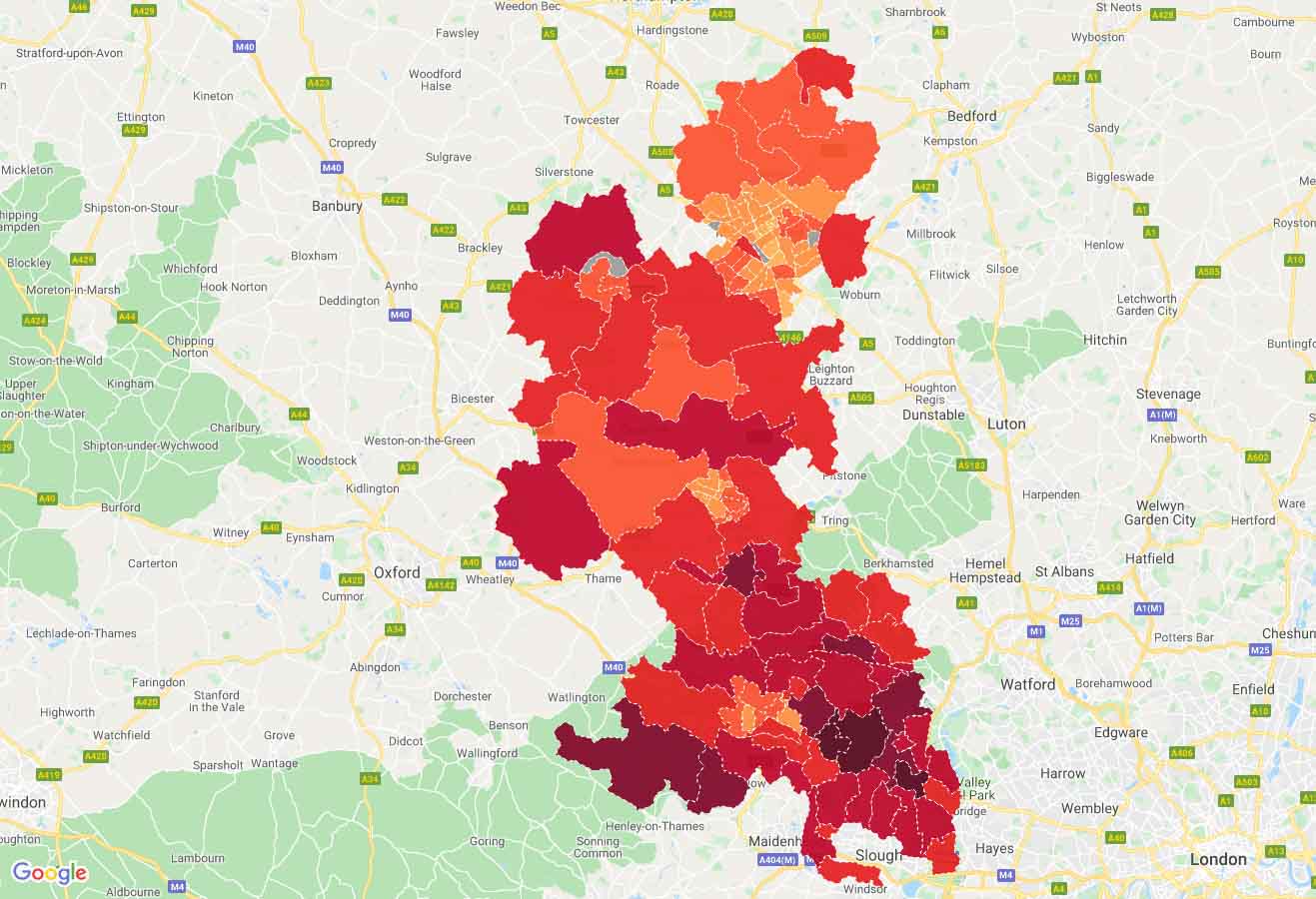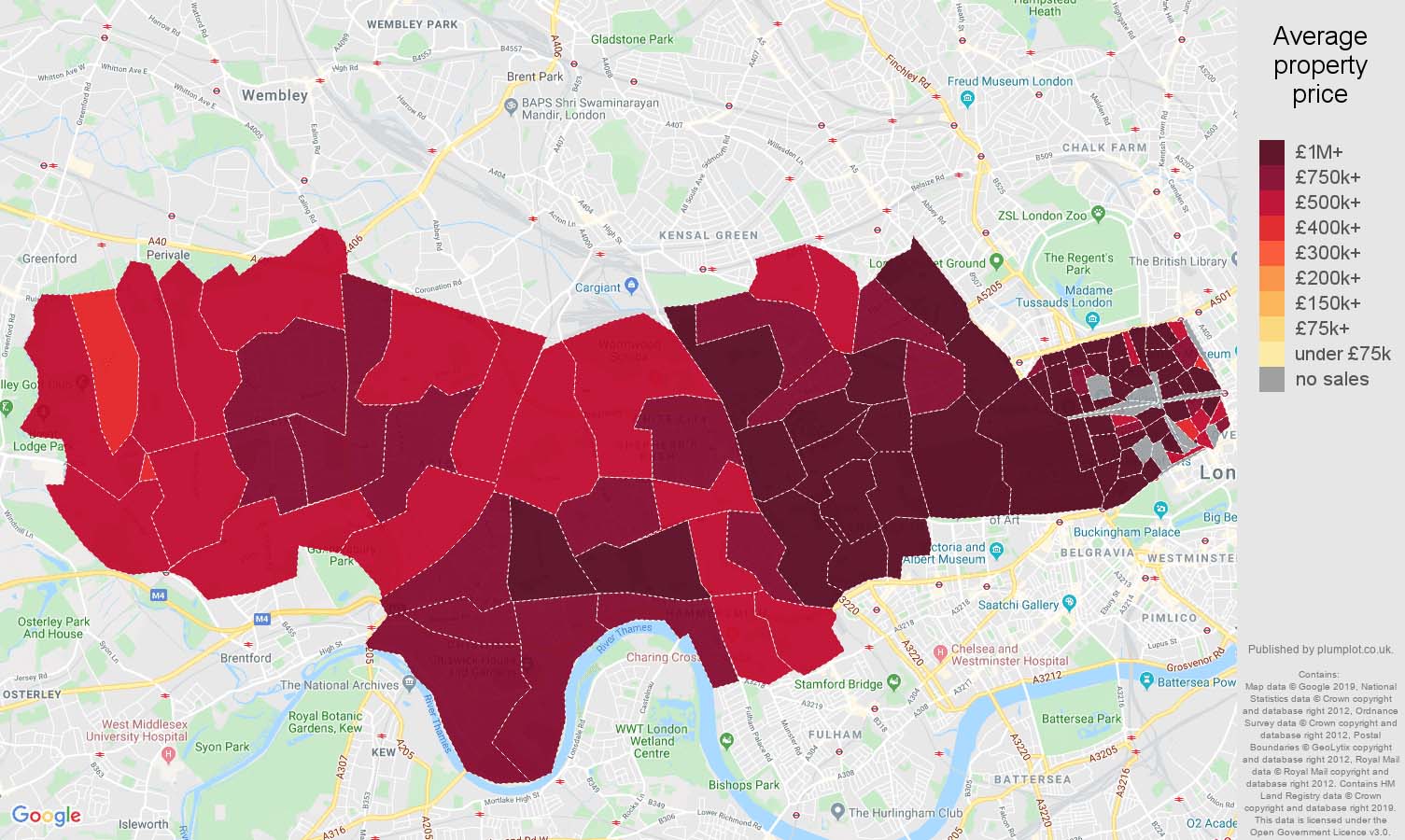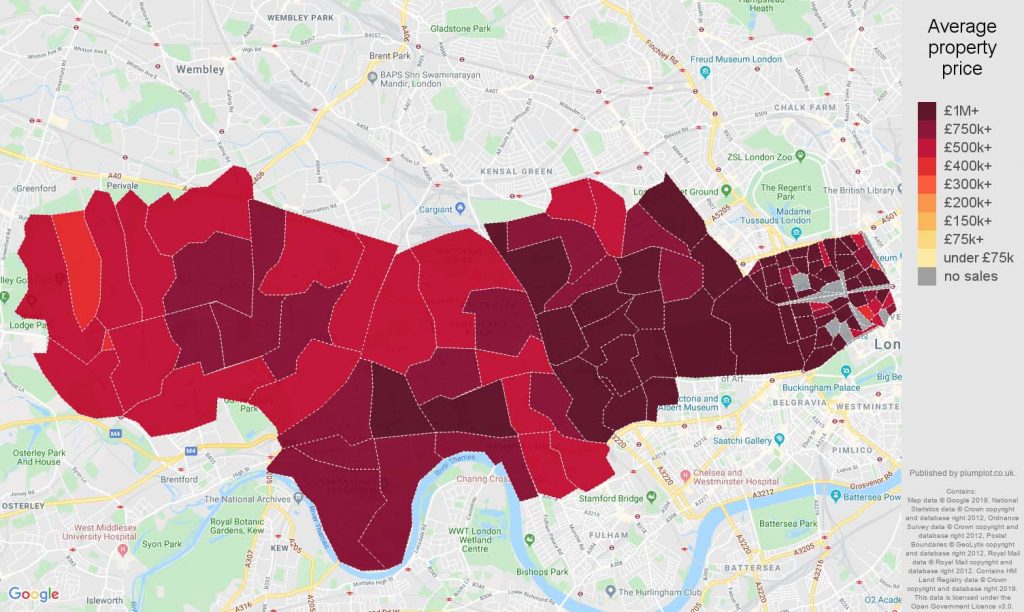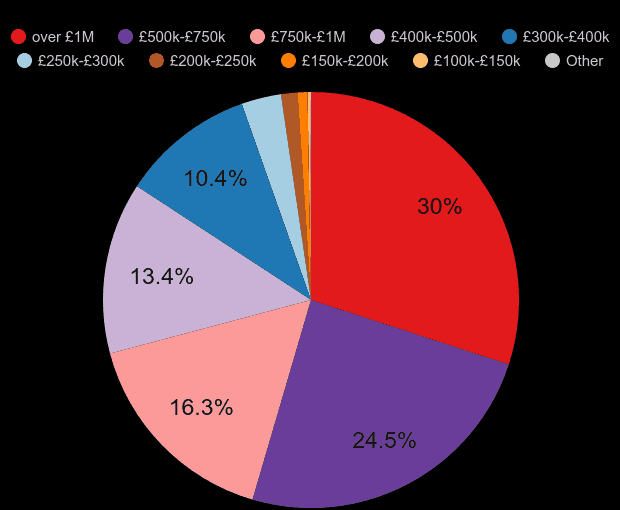
Buckinghamshire Market Update April 2022
An overview of the property market in Buckinghamshire
House Prices in Buckinghamshire
Properties in Buckinghamshire had an overall average price of £490,185 over the last year.
The majority of sales in Buckinghamshire during the last year were detached properties, selling for an average price of £786,120. Semi-detached properties sold for an average of £410,991, with terraced properties fetching £328,527.
Overall, sold prices in Buckinghamshire over the last year were 5% up on the previous year and 16% up on the 2019 peak of £422,735.
House prices increased by 0.7% – more than the average for the South East – in Bucks, new figures show.
The average Buckinghamshire house price was £447,579, Land Registry figures show – a 0.7% increase on October.
Over the month, the picture was similar to that across the South East, where prices increased 0.5%, but Buckinghamshire underperformed compared to the 1.2% rise for the UK as a whole.
Over the last year, the average sale price of property in Buckinghamshire rose by £38,000 – putting the area 38th among the South East’s 64 local authorities with price data for annual growth.
The best annual growth in the region was in Hastings, where property prices increased on average by 22.4%, to £276,000. At the other end of the scale, properties in Woking gained just 3.7% in value, giving an average price of £442,000.
The new data released this week is accurate up to December.
Winners and Losers
Owners of semi-detached houses saw the biggest improvement in property prices in Buckinghamshire – they increased 0.8%, to £440,633 on average. Over the last year, prices rose by 10.1%.
Among other types of property:
Detached: up 0.8% monthly; up 11.8% annually; £820,452 average
Terraced: up 0.5% monthly; up 7.2% annually; £342,687 average
Flats: up 0.4% monthly; up 5.8% annually; £235,246 average
First steps on the property ladder
First-time buyers in Buckinghamshire spent an average of £330,000 on their property – £26,000 more than a year ago, and £38,000 more than in November 2016.
By comparison, former owner-occupiers paid £534,000 on average in November – 61.7% more than first-time buyers.
How do property prices in Buckinghamshire compare?
Buyers paid 21.3% more than the average price in the South East (£369,000) in November for a property in Buckinghamshire. Across the South East, property prices are high compared to those across the UK, where the average cost £271,000.
The most expensive properties in the South East were in Elmbridge – £692,000 on average, and 1.5 times as much as more than in Buckinghamshire. Elmbridge properties cost three times as much as homes in Southampton (£233,000 average), at the other end of the scale.
The highest property prices across the UK were in Kensington and Chelsea.
Factfile
Average property price in November
Buckinghamshire: £447,579
The South East: £369,093
UK: £270,708
Annual growth to November
Buckinghamshire: +9.4%
The South East: +9.6%
UK: +10%
Best and worst annual growth in the South East
Hastings: +22.4%
Woking: +3.7%






